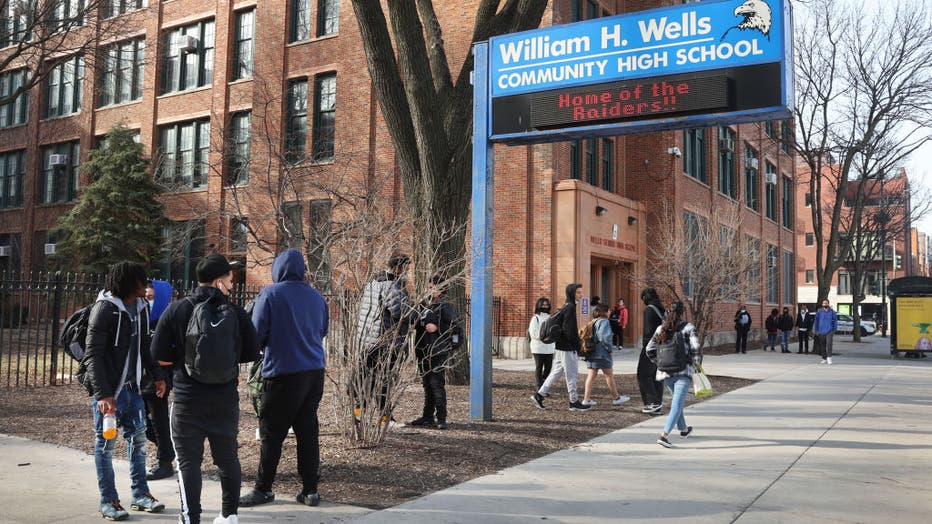Chicago Public Schools faces major fiscal challenges, analysis finds
CHICAGO - Chicago Public Schools faces significant financial challenges including big budget deficits, declining enrollment and infrastructure needs that require cuts in spending and new revenue sources, according to a new analysis from the Civic Federation.
A critical juncture
Big picture view:
CPS, the third-largest public school district in the country with more than 323,000 students, is at a critical juncture, the research organization said in its report, The Civic Foundation released its findings the same week that 10 newly elected members of the Board of Education will be sworn in.
The report highlights the myriad problems CPS faces and what should be done to navigate its most pressing challenges.
Budget deficits
Dig deeper:
The analysis said CPS’ budget for this year is "structurally imbalanced" because it relies heavily on temporary revenue streams and doesn't account for the cost of a future contract with the Chicago Teachers Union, which is still being negotiated as of this week.
Such an approach "masks ongoing fiscal issues," the report said.
The report said the district needs to cut spending and increase revenue. It warned against practices like borrowing money and drawing down on its reserves to fill budget gaps as such actions would negatively affect its credit rating, making future borrowing more expensive.
Increasing costs
By the numbers:
Over the past decade, the district’s budget has grown by more than 50% from $6.4 billion in 2016 to $9.9 billion this year.
The report said the increased costs on personnel have been significant, especially after staff expansions funded by temporary pandemic relief money.
Spending on general operations, teacher pension contributions, infrastructure, and debt repayment have all grown over the last 10 years. General operations account for about 75% of total district spending.
Limited revenues
CPS is limited in its ability to generate more revenue by law because of caps on property tax increases and limits on the amount of state money it receives.
Each year, the district is limited in how much it can increase the amount of property taxes it collects. It can increase its tax levy by the rate of inflation or 5%, whichever is less.
The district’s budget is primarily funded by property taxes (47%) and state revenue (25%).
During the COVID-19 pandemic, CPS received nearly $2.8 billion in federal relief money. That money has been spent or earmarked, making it so that the district faces a "revenue cliff," the report said.
The report also said "no appreciable work was done to identify new sustainable revenue sources for the future or to plan for a winding down of pandemic-funded operations."

CHICAGO, ILLINOIS - MARCH 14: Students leave William Wells High School at the end of the school day on March 14, 2022 in Chicago, Illinois. (Photo by Scott Olson/Getty Images)
Declining enrollment
Over the last 15 years, enrollment at CPS has decreased by more than 21%, which has led to school buildings being underutilized and an inefficient allocation of resources, the report said.
In fiscal year 2010, the school had more than 408,000 students. This year, that’s down to more than 323,000.
More than half of CPS school buildings operate at under 70% capacity.
Recommendations
What's next:
The Civic Federation gave a list of recommendations for CPS officials to consider to improve its fiscal health long term, including:
- Right-sizing the district's spending, especially on its relatively high number of employees. CPS' spending per student exceeds its peer districts, according to the report.
- Consider other options to raise revenue, including a referendum for a property tax levy increase, asking the state for more funding, or ask the city to end Tax Increment Financing districts and allow CPS to collect the tax revenue.
- Advocate for state help with additional revenue, including to fund its teachers' pensions.
- Build up reserves to allow the district to cover its costs throughout the year without having to borrow money.
- Conduct long-term financial planning, including taking into account the district's policies, infrastructure needs, and future risks.

